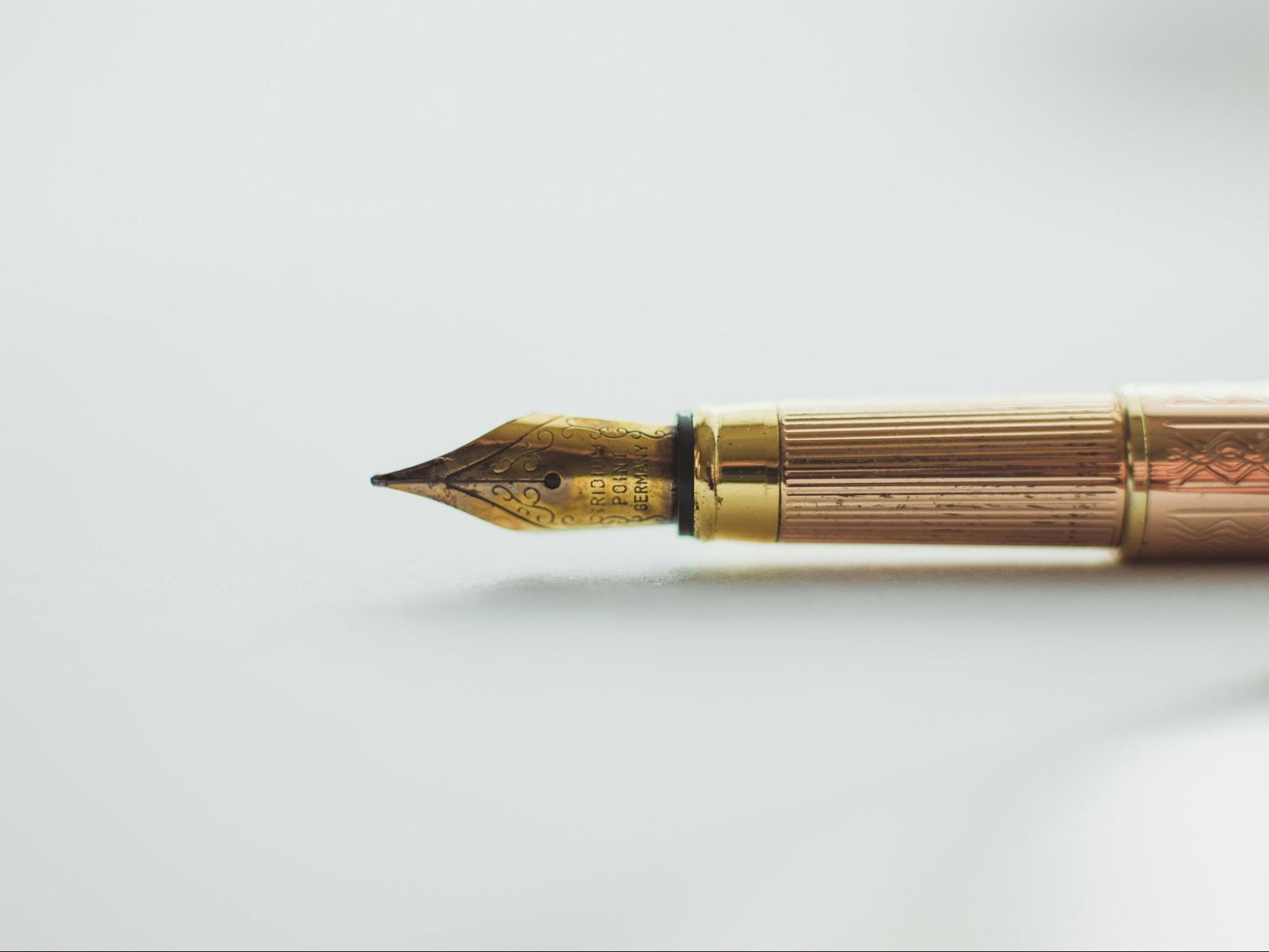Mastering the Art of Creating Strong Hooks For Books
Crafting compelling book hooks is essential for authors seeking to captivate readers from the first page. Like a master chef in the kitchen, writers must carefully blend ingredients such as vivid language, intriguing characters, and thought-provoking scenarios to create a hook that entices readers to devour their stories. A well-crafted hook can transform a book into a page-turner that rivals the most effective advertising campaigns.
In this article, we'll explore the art of hook writing, from initial concept to final editing, providing you with the tools to create unforgettable openings for your novels. Keep reading to discover how you can craft hooks that will leave readers hungry for more.
KEY TAKEAWAYS
- A strong hook grabs readers' attention and sets the tone for the entire book.
- Effective hooks tap into readers' emotions, desires, or fears to create a compelling connection.
- Authors should analyze successful hooks to learn techniques for crafting their own.
- Testing hooks with beta readers helps refine and ensure they resonate with the target audience.
- In the digital age, a powerful hook is crucial for standing out in a crowded marketplace.

A Great Hook Is the Key Ingredient
A strong hook acts as the foundation of any successful book. It grabs readers' attention from the very first page and compels them to keep turning pages. Authors who master the art of crafting compelling hooks increase their chances of success on platforms like Amazon Kindle.
The hook sets the tone for the entire book and creates a lasting impression on readers. It can take various forms, such as an intriguing question, a shocking statement, or a vivid description. Data shows that books with powerful hooks tend to receive higher ratings and more positive reviews.
Creating an effective hook requires deeply understanding the target audience and the book's genre. Authors can use email address lists to gather feedback from beta readers and refine their hooks based on reader reactions. This iterative process helps ensure the hook resonates with the intended audience.
In today's fast-paced world, where readers are bombarded with countless options, a strong hook is more crucial than ever. It serves as the book's first impression, much like a well-oiled machine that captures attention and draws readers into the story. Authors who invest time in perfecting their hooks set themselves up for greater success in the competitive literary landscape.
A Good Hook Grabs the Reader’s Attention
A good hook is a powerful tool for capturing readers' attention from the start. It sparks curiosity and immediately connects the reader with the story.
Authors often use an anecdote or a thought-provoking question as a hook to draw readers in. This technique allows the audience to invest their time and emotional energy in the book.
Effective hooks present a compelling scenario that resonates with the target audience. They tap into the readers' emotions, desires, or fears, motivating them to continue reading.
The best hooks leave readers wanting more, prompting them to turn the page and dive deeper into the story. Consider these elements when crafting a hook:
- Introduce an intriguing character or situation
- Present a puzzling question or mystery
- Create tension or conflict
- Use vivid imagery or sensory details
- Offer a surprising fact or statistic

How to Write a Good Hook for Your Novel
Creating a captivating hook for a novel requires a deep understanding of the story's core and the ability to convey it concisely. Authors begin by identifying their central idea and carefully dissecting it to find the most compelling elements. This process involves analyzing the story's unique aspects, considering the target audience, and selecting the most suitable adjectives to evoke emotion. By focusing on these initial steps, writers can craft hooks that resonate with readers, enticing them to continue reading beyond the first paper page. The goal is to create an opening that piques curiosity and leaves users eager to explore the narrative further.
The First Step to Writing a Hook Is Finding Your Idea
The foundation of a great hook lies in discovering a unique and captivating idea. Authors find inspiration in unexpected places, much like uncovering hidden treasures beneath layers of ice. Janet Evanovich, a master of hooks, suggests writers explore their surroundings and personal experiences to unearth fresh concepts that resonate with readers.
Once an intriguing idea emerges, authors can refine it into a powerful hook that grabs attention in the competitive publishing world. This process involves distilling the essence of the story into a concise, compelling metaphor or statement that entices readers to delve deeper into the narrative. The right hook can distinguish between a book that languishes on shelves and one that flies off them.
The Second Step to Writing a All Hooks Is Dissecting Your Idea
After finding a compelling idea, authors must dissect it to uncover its core elements. This process involves examining the idea from different angles, considering its potential impact on readers, and identifying the most intriguing aspects that can form the basis of a strong hook.
Writers can draw inspiration from successful hooks in popular works that present unique arguments or perspectives about the world. By analyzing these examples, authors can learn to craft hooks that spark curiosity through thought-provoking dialogue or unexpected scenarios:
| Element | Example | Impact |
|---|---|---|
| Unique Premise | "In a world where children fight to the death..." | Shocks and intrigues readers |
| Compelling Character | "Gregor Samsa woke to find himself transformed..." | Creates immediate empathy and curiosity |
| Provocative Question | "What if your memories were not your own?" | Engages readers' imagination |

Example of How to Write a Hook
Gabriel García Márquez's "One Hundred Years of Solitude" opens with a hook that captivates readers' brains instantly. The novel begins: "Many years later, as he faced the firing squad, Colonel Aureliano Buendía was to remember that distant afternoon when his father took him to discover ice." This powerful opening sets the tone for the entire story and showcases the author's unique brand.
Authors can learn from this example when crafting their own hooks. The key is to create an opening that intrigues readers and compels them to keep reading. Platforms like BookBub often feature books with strong hooks, as they tend to perform well with readers.
Writers should consider their target audience and genre conventions to develop an effective hook. They can then create a draft and seek feedback from beta readers or writing groups. This process helps refine the hook and ensure it resonates with potential readers.
| Element | Description | Example |
|---|---|---|
| Character | Introduce an intriguing protagonist | A time-traveling detective |
| Conflict | Present a central problem or challenge | Must solve a crime before it happens |
| Setting | Establish a unique or compelling world | A futuristic city where thoughts are monitored |
| Stakes | Highlight the consequences of failure | Failure means the end of free will |

How to Write a Hook in 5 Steps
Authors seeking to captivate readers in today's fast-paced world must master the art of crafting compelling hooks. A well-written hook grabs attention and sets the tone for the entire book, much like how the opening line of "Pride and Prejudice" has resonated with readers for centuries.
The first step in creating a powerful hook involves understanding its definition and purpose. A hook is the initial spark that ignites readers' curiosity and compels them to delve deeper into the manuscript.
With the rise of social media and shortened attention spans, authors face increased pressure to make an immediate impact. Crafting a strong hook has become more crucial than ever in standing out among the sea of content vying for readers' attention.
To create an effective hook, authors can follow these five steps:
- Identify the core essence of your story
- Brainstorm intriguing opening scenarios
- Craft a concise and impactful first sentence
- Refine and polish your hook through multiple revisions
- Test your hook with beta readers for feedback

Examples of Novel Hooks
Effective novel hooks capture readers' attention and set the tone for the entire story. Authors use various techniques to create compelling openings, from thought-provoking questions to vivid narration. These hooks are powerful marketing tools, enticing potential readers to explore the book further.
A strong hook becomes even more crucial in the digital age, where cloud computing has revolutionized publishing. Authors must compete for readers' attention in an increasingly crowded marketplace. A well-crafted hook can distinguish between a book that gains traction and one that gets lost on the virtual shelves.
Essays and non-fiction works also benefit from powerful hooks. Authors often use surprising statistics or intriguing facts to draw readers into their subject matter. This approach piques curiosity and establishes the topic's relevance from the outset.
Here are some examples of effective novel hooks across different genres:
| Genre | Hook Example | Technique Used |
|---|---|---|
| Mystery | "The body was found at exactly midnight, its pose a perfect recreation of the Mona Lisa." | Intriguing scenario |
| Science Fiction | "In a world where dreams are taxed, Sarah discovered she could no longer afford to sleep." | Unique concept |
| Romance | "He was the last person she expected to see at her wedding - especially since she wasn't the bride." | Unexpected situation |
| Historical Fiction | "The letter arrived 100 years too late, but its contents would change history forever." | Time-bending premise |
Conclusion
Crafting compelling book hooks is the cornerstone of successful storytelling, captivating readers from the first page and setting the tone for the entire narrative. Authors who master the art of creating powerful hooks increase their chances of success in the competitive literary landscape, as these openings spark curiosity, create immediate connections, and compel readers to invest their time and emotional energy in the book. Effective hooks can take various forms, such as intriguing questions, shocking statements, or vivid descriptions, and require a deep understanding of the target audience and genre conventions. By following a structured approach to hook creation and seeking feedback from beta readers, authors can refine their openings to resonate with readers and leave a lasting impact in today's fast-paced publishing world.














